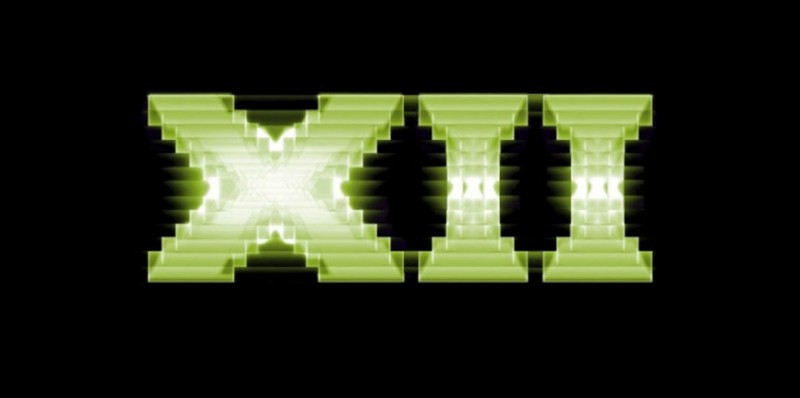Earlier today, Microsoft unleashed a ton of new Windows 10 information, including numerous gaming features such as the ability to stream Xbox One games to Windows 10 devices. DirectX 12 was also mentioned at the event, with Microsoft claiming the new API would deliver up to 50 percent better performance than DirectX 11.
What wasn't mentioned at the event was who would get DirectX 12, but that didn't stop the folks at Rock Paper Shotgun from asking. Microsoft told them that DirectX 12 would only work with Windows 10, so anyone who doesn't upgrade from Windows 7 or Windows 8.1 (both of which currently support DirectX 11) will be left out.
This doesn't come as a massive surprise considering new revisions of DirectX are usually launched with new versions of Windows, and aren't typically ported to older OSes. Occasionally Microsoft has released a new version of DirectX on older platforms, but it usually takes many months. As Windows 10 is a completely free upgrade to anyone who does so in the first year, Microsoft has no reason to backport DirectX 12 to Windows 8.1 or earlier.
As was revealed early last year, it was also confirmed that some DirectX 12 features would require next-generation graphics cards. What 'next-gen' means in this case is still unclear, though it's already known that Maxwell-based cards from Nvidia support DirectX 12, and we expect that some of the newer revisions of AMD's GCN architecture will also be fully supported.
The good news is that the main feature of DirectX 12 - lower-level abstraction for closer to the metal access of GPU hardware - will be available to nearly all current generation graphics cards. You won't have to upgrade just yet to enjoy that particular DirectX 12 benefit.
